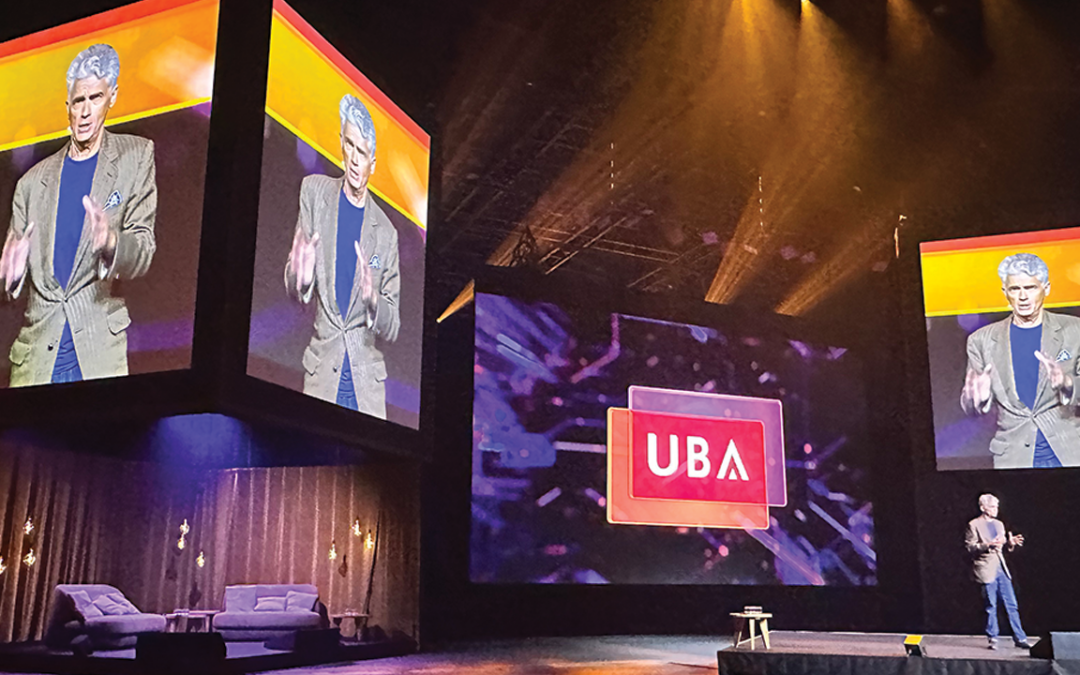Click HERE to watch video.
Innovation.
Are you curious about innovation? Go to Amazon and count the number of books with “Think outside the box” in the title.
If you have more patience than me, perhaps you’ll make it past the first three pages and at least 26 titles. But be forewarned; there are over 20 pages of “Think outside the box” book titles to scroll through.
Isn’t it ironic that so many books on innovation use the same tired metaphor to describe what they’re all about?
People like to talk about innovation because it suggests newness, opportunity, and all sorts of novel and possible things, even things we might be unaware of.
Writers write about innovation.
Speakers speak about innovation.
Consultants get paid to facilitate innovation.
And everyone seems to agree that innovation is a good and necessary thing.
But how many people understand what innovation really is?
Is innovation a new spin on an old idea?
Is innovation simply a new combination of old components?
Or is innovation a bold new concept that no one’s thought of before?
And is innovation good and valuable on its own, or does it need to be applicable and monetizable before it’s considered worthwhile?
Just yesterday, I returned from a trip to Brussels, where I presented to an audience of almost 1,500 people for the UBA, the United Brands Association. It was a fantastic event, and I was proud to be part of a roster that included many brilliant, innovative presenters.
Ken Hughes put on an innovative presentation on consumer behavior. While he spoke, he deftly conducted a quick-moving backdrop of images and videos that illustrated his assertions and showed the audience what is possible in the new world of consumer outreach.
Are you aware of “TikTok Duets”? I wasn’t. Ken showed us what they are, why they matter, and how they are changing how brands interact with consumers. Click HERE to watch the video he shared with us (try not to laugh – I dare you).
After Ken talked about the future, maestro Felipe Gomez went back in time. He treated us to a masterful piano concert that explained how the masters of the classical age, Bach, Beethoven, and others, combined innovation with emotion to create their masterpieces.
Combined with the other speakers (me included), UBA’s audience was exposed to lots of innovative thought; ideas that made them uncomfortable, ideas that made them think, and hopefully made enough of an impression that they’ll use some of the ideas they were gifted with at the conference.
But the exciting thing that UBA demonstrated about innovation is that it is hardly the exclusive purview of the presenters. The truth is, it was the UBA’s meeting planners who used an innovative new idea to open everybody’s minds to what was possible.
Like many other presentations I’ve worked at, a giant screen was positioned directly behind the speakers (UBA’s was bigger than usual, created from almost 90 full-size LED screens harnessed together). When the first intermission was announced, the enormous screen rose on hidden cables and uncovered an even larger break area behind the stage. The attendees were invited to come down from their seats, walk through the stage area, and enjoy coffee and conversation in the new space hidden behind us presenters.
Like television shows and theatrical performances where the actors break the “fourth wall” and talk directly to the viewers, this technique completely changed everyone’s idea of what was possible. After all, if the centuries-old sanctity of the performance space could be altered that easily, imagine what else is possible.
Bam!!


LOVE this piece, Bruce! I enjoy seeing what other conferences are doing. Looking forward to our conversation next week!